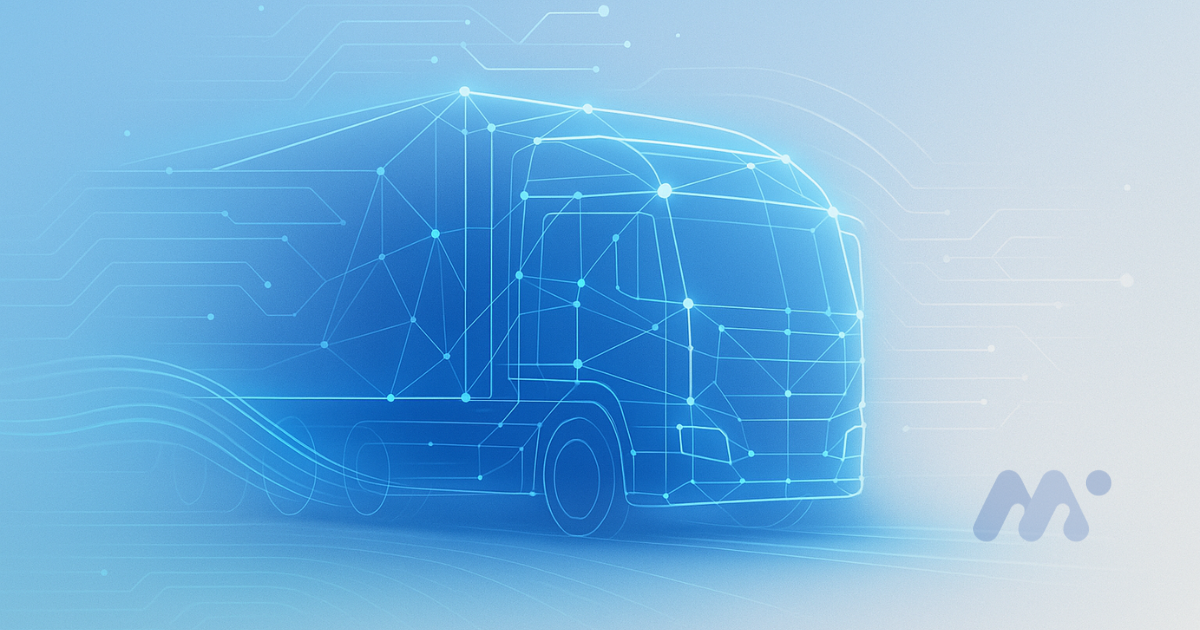What it means to be a system integrator: from the shop floor to data models

Anyone involved in transport knows that mobility is changing faster today than ever before. It’s not enough to build a vehicle that drives. It’s not enough to deliver a component that works on its own. Today’s market needs a mobility systems integrator – someone who can connect all the pieces – technology, infrastructure, data and people – into a single, functional whole.
And that’s exactly what being a systems integrator means. That’s how we work at MIP.
Connecting technologies that need to talk to each other
There is more software than steel in a modern vehicle today. Every system – from battery management to energy management – has its own logic and language. The integrator’s job is to make those languages talk to each other.
We test compatibility, debug software layers and collect data that tells us how the whole drive behaves in real-world conditions. That way, we know that when the vehicle hits the road, every system is playing its part just in time.
From workshop to digital model
Our projects are not only born in production, but also in the digital space. Every new system has a “digital twin” that allows us to simulate the behaviour of the vehicle before it leaves the workshop.
This approach saves time, money and especially energy. It allows us to detect potential problems before they arise and optimise performance before the physical test. The result is a shorter development cycle and data that makes each successive project better than the last.
Partnerships as part of the system
Systems integration is not a solo discipline. Every successful project relies on collaboration – with component suppliers, industry partners and infrastructure operators.
MIP therefore builds on long-term partnerships that complement each other. Not as a supply chain, but as a living ecosystem. When we bring together technologies from different partners, test them in real operation and feed the results back into development, the whole system learns and improves with us.
Data integration – the silent hero of every project
Behind every prototype, test and homologation there is data. Every kilometre in the field, every fuel consumption measurement, every driver reaction – this is information that we turn into real improvements.
In MIP, we don’t just do data for the report. We use it as a tool – for performance optimization, maintenance and operation planning. Integrating data into development means that each next generation vehicle is more accurate, more efficient and closer to the ideal we seek.
What this means for carriers
For our partners, this means one thing: a functional system, not just a product. When you deploy a hydrogen or electric vehicle, you don’t just need the technology – you need a plan, support and data that allows you to manage your fleet with confidence.
A system integrator brings it all together for you. Less improvisation. More confidence that the technology works from the first mile.
Being a system integrator
Being a systems integrator is not about doing everything. It means being able to connect what makes sense. Technology with practice. Workshop with data. Partners with vision.
At MIP, we believe that it is this connecting that is the key to mobility that is not only emission-free, but also functional, sustainable and ready for the real world.
👉 Want to see what your own integration project could look like?
Arrange a consultation with us – we’ll show you how the interconnection of systems results in a functional solution.
Frequently Asked Questions
How is a system integrator different from a traditional vehicle manufacturer?
The integrator is not selling a product, but a solution. It connects technology, processes and data so that the system works as a whole.
What are the benefits for the carrier of working with an integrator?
You get a ready-to-go solution – from technology to execution plan to data support. Less risk, faster implementation and clear results.
How does MIP integrate partners’ technologies?
Each component – the battery system, the stack, the control unit – is tested and tuned to work together as one system. Everything is built on accuracy, compatibility and data sharing.
Recommended reading
If you are interested in learning more about the interconnection of technology, data and real-world operations, we also recommend these articles:
- Real H₂ vehicle consumption: in-service data vs. tables – How numbers from tests turn into decisions for practice.
- Hydrogen tractor MIP in practice: 5 findings that are changing fleet planning – Testing that shows hydrogen is ready for logistics.
- From coffee in the kitchen to homologation: life in the MIP from the inside – A look at the people and culture behind innovation.